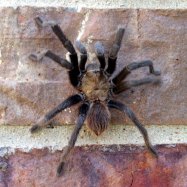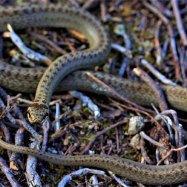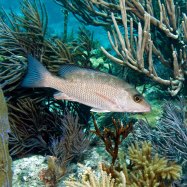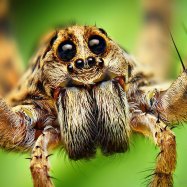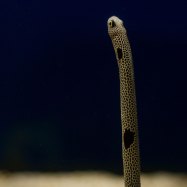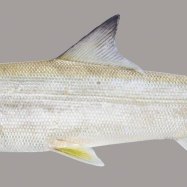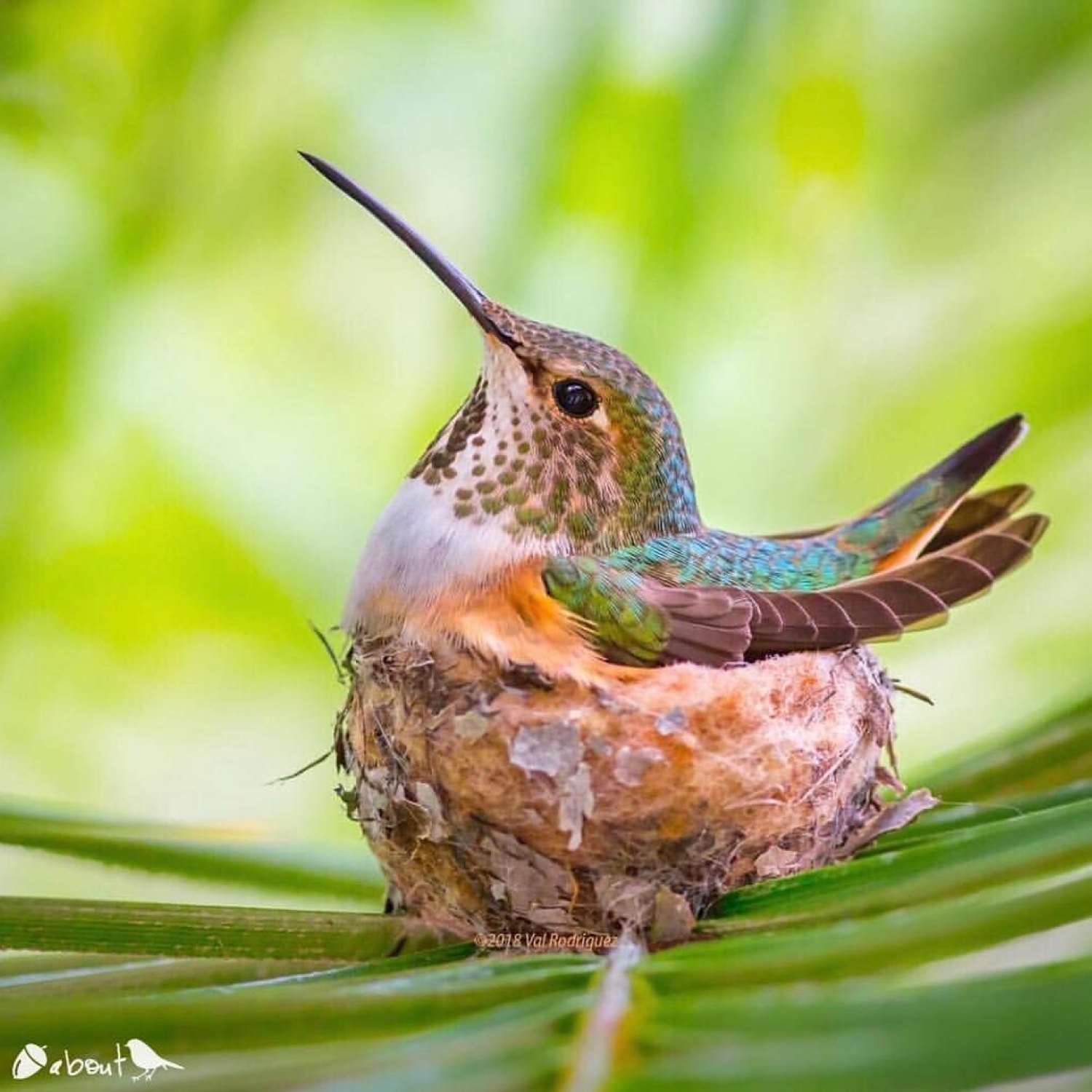
Hummingbird
2-8 inches
The hummingbird, a small and slender bird with long wings and a long bill, can be found in various habitats across the Americas. With a length ranging from 2 to 8 inches, these birds belong to the family Trochilidae and are known for their agile flight and the ability to hover in mid-air. Their vibrant colors and unique characteristics make them a favorite among bird watchers. #hummingbird #birdwatching #naturelovers
Animal Details Summary:
Common Name: Hummingbird
Kingdom: Animalia
Habitat: Tropical rainforests, deserts, mountains, and meadows
The Fascinating World of Hummingbirds: A Tiny Bird with a Mighty Presence
Have you ever spotted a blur of vibrant colors flitting through your garden or hovering around flowers? Chances are, you have crossed paths with a hummingbird. These tiny, feathered creatures may seem nondescript from afar, but upon closer inspection, they are anything but ordinary. With a scientific name of Trochilidae, hummingbirds are a diverse and fascinating family of birds that can be found in various habitats across North and South America.The Kingdom and Classification of Hummingbirds
In the vast animal kingdom, hummingbirds belong to the phylum Chordata, meaning they have a backbone or spinal cord Hummingbird. Within the class Aves, they are classified under the order Apodiformes, a name derived from their swift and agile flight. Hummingbirds belong to the family Trochilidae, the only family in the order Apodiformes that includes nearly 360 different species. Each species has its unique coloring, behaviors, and habitats but shares some common features and adaptations.Fascinating Facts About Hummingbirds
Hummingbirds are a treasure trove of unique characteristics and adaptations that set them apart from other birds. Their name itself is derived from the humming sound they make when flying, created by their rapid wing beats of up to 80 times per second. Here are some other fascinating facts about these tiny birds:- Hummingbirds are the smallest birds in the world, ranging from 2-8 inches long. The smallest species, the bee hummingbird, can fit onto a person's thumbnail and weigh less than a penny.
- Despite their small size, hummingbirds have an enormous appetite. They require a diet that amounts to at least half of their body weight in nectar every day House Wren.
- Hummingbirds can fly in all directions – forwards, backward, and even upside down. This type of flight is made possible by their unique joint structure, which allows them to rotate their wings in a figure-eight motion.
- They have a high heart rate and metabolism, with some species having a resting heart rate of up to 1,200 beats per minute.
- Hummingbirds are incredibly acrobatic, being able to hover in mid-air, fly upside down, and even fly backward.
Habitat and Distribution of Hummingbirds
Hummingbirds are found in a wide variety of habitats, including tropical rainforests, deserts, mountains, and meadows. However, the majority of species can be found in tropical regions, where they have a diverse range of flowering plants and insects to sustain them. Some species have adapted to live in high altitudes, such as the Andean hillstar, which can be found at heights of up to 16,000 feet. Hummingbirds have also expanded their range to urban environments, where they can often be found visiting backyard feeders and gardens.Hummingbirds have a wide distribution, with species found in both North and South America. They can be found in various countries, such as the United States, Canada, Mexico, Brazil, Colombia, and many more. In fact, out of the 360 species, 52 are considered endemic or native to specific countries, meaning they are found nowhere else in the world.
Nutrition: Nectar, Insects, and Spiders
When it comes to determining the ideal diet for hummingbirds, nectar is the first thing that comes to mind. Nectar contains high levels of sugars and provides the essential energy these tiny birds need to sustain their rapid metabolism. Hummingbirds have evolved specialized bills to extract nectar from flowers, often with long, slender bills to reach deep into tubular flowers. In fact, hummingbirds are essential pollinators for many flower species, ensuring their survival.However, nectar is not the only thing on a hummingbird's menu. Hummingbirds also consume insects and spiders to supplement their diet and provide essential protein. These primarily come from small insects such as mosquitos, gnats, and flying ants, which they catch while in flight.
Bright Colors and Body Shape Adaptations
One of the most striking features of hummingbirds is their brightly colored feathers, which often have an iridescent quality. This is due to the unique structure of their feathers, which refract light and create a shimmering effect when in motion. These colors play an essential role in attracting mates and establishing territories, with males often having more vibrant colors than females.Hummingbirds also have a unique body shape that sets them apart from other birds. Their small, slender bodies are perfectly adapted for their lifestyle, with long, pointed wings to enable their rapid flight and a long, slender bill for extracting nectar from flowers. They also have a high surface area to body weight ratio, meaning they can conserve energy by hovering instead of continuously flapping their wings while feeding.
The Conservation Status of Hummingbirds
With their tiny size and rapid flight, hummingbirds may seem resilient to environmental threats. However, many species face various challenges and are considered threatened or endangered. The decline of hummingbird species is mostly due to habitat loss, climate change, and the use of pesticides. As hummingbirds rely on a diverse range of plants and insects for food, any disruption to their environment can have a significant impact on their survival.Fortunately, many organizations and individuals are taking steps to protect and conserve these beautiful birds. Reforestation projects and the creation of pollinator-friendly gardens are helping to restore critical habitats for hummingbirds to thrive. So, by creating a welcoming space for hummingbirds in your backyard, not only do you get to enjoy their beauty, but you also contribute to their conservation efforts.
In Conclusion
In the vast and diverse animal kingdom, hummingbirds stand out for their unique characteristics and adaptations. From their acrobatic flight to their brightly colored feathers, these tiny birds continue to fascinate and captivate us. With their habitat and distribution spanning across North and South America, hummingbirds are a reminder of the vast and beautiful natural world that surrounds us. So, the next time you spot a blur of colors flitting through your garden, take a moment to appreciate the mighty presence of these small but remarkable creatures – the hummingbirds.

Hummingbird
Animal Details Hummingbird - Scientific Name: Trochilidae
- Category: Animals H
- Scientific Name: Trochilidae
- Common Name: Hummingbird
- Kingdom: Animalia
- Phylum: Chordata
- Class: Aves
- Order: Apodiformes
- Family: Trochilidae
- Habitat: Tropical rainforests, deserts, mountains, and meadows
- Feeding Method: Nectar from flowers, insects, and spiders
- Geographical Distribution: North and South America
- Country of Origin: Various countries in the Americas
- Location: Various habitats across the Americas
- Animal Coloration: Brightly colored feathers, often iridescent
- Body Shape: Small, slender body shape with long wings and a long bill
- Length: 2-8 inches
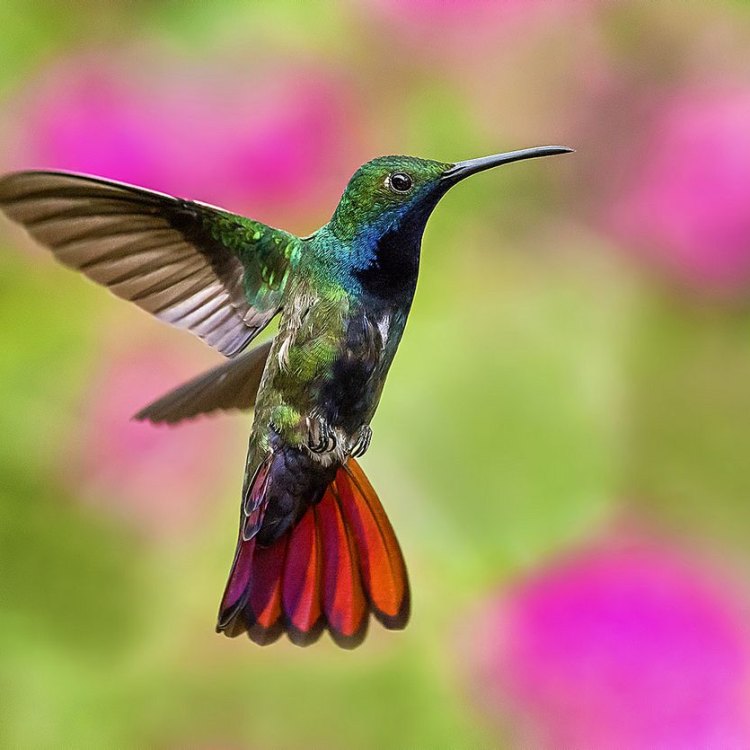
Hummingbird
- Adult Size: Small, weighing less than an ounce
- Average Lifespan: 5-10 years
- Reproduction: Sexual reproduction
- Reproductive Behavior: Males perform elaborate courtship displays
- Sound or Call: High-pitched humming sound produced by fast wing beats
- Migration Pattern: Some species migrate long distances
- Social Groups: Solitary or in small groups
- Behavior: Agile and highly maneuverable flight
- Threats: Habitat loss, climate change, pesticide use
- Conservation Status: Varies by species, some are threatened or endangered
- Impact on Ecosystem: Pollination of flowers
- Human Use: Attracting tourists, ecotourism, birdwatching
- Distinctive Features: Ability to hover in mid-air
- Interesting Facts: Smallest birds in the world, can beat their wings up to 80 times per second
- Predator: Snakes, birds of prey, and mammals

Trochilidae
The Incredible Hummingbird: A Tiny Master of Flight
When you think of birds, you might imagine majestic eagles soaring through the sky or colorful parrots perched on tree branches. But there's one bird that stands out for its remarkable abilities and unique features - the hummingbird.With its small size, impressive speed, and distinctive abilities, the hummingbird is a fascinating creature that has captured the attention of birdwatchers, scientists, and nature enthusiasts alike. From its reproductive behavior to its impact on ecosystems, let's take a closer look at the incredible hummingbird PeaceOfAnimals.Com.
Size and Average Lifespan
The hummingbird is known for its incredibly small size, weighing less than an ounce and measuring only 3-4 inches in length. They are the smallest birds in the world, making them a marvel of nature. Despite their tiny size, they have a longer lifespan than most birds, living an average of 5-10 years in the wild.Reproduction and Courtship
Like most birds, hummingbirds reproduce through sexual reproduction. The male hummingbirds are known for their elaborate courtship displays to attract mates. These displays involve intricate aerial acrobatics and flashy feather displays, making for an incredible sight to see.Flight and Sound
Hummingbirds are capable of agile and highly maneuverable flight, thanks to their special flight muscles that make up a large portion of their body weight. These muscles allow them to beat their wings at an incredible rate of up to 80 times per second, creating the iconic humming sound that gives them their name.Migration Patterns and Social Behavior
While some species of hummingbirds are solitary, others are known to migrate long distances Humboldt Squid. This impressive feat can span thousands of miles, making them one of the few birds that can cross the Gulf of Mexico during migration.In terms of social behavior, hummingbirds can either be solitary or live in small groups. They are not known to be particularly social birds, but they may gather in small numbers at feeding areas or during courtship displays.
Threats and Conservation Status
Like many other animals, hummingbirds face threats to their survival due to habitat loss, climate change, and pesticide use. The loss of their natural habitats, such as forests and meadows, leads to a decline in food sources and nesting areas for hummingbirds.Unfortunately, some species of hummingbirds are also threatened or endangered due to these factors. Conservation efforts are crucial in preserving their habitats and ensuring their survival for future generations.
Impact on Ecosystems
Despite their small size, hummingbirds play a significant role in ecosystems as pollinators. As they move from flower to flower, they transfer pollen from one flower to another, aiding in plant reproduction. In fact, hummingbirds are the primary pollinators for many species of plants, making them essential for the survival of these plants and the animals that rely on them.Human Use and Interesting Facts
The incredible abilities and unique features of hummingbirds have also captivated humans, leading to an increase in ecotourism and birdwatching. Many people travel to see these tiny birds in their natural habitats, especially during migration. This form of sustainable tourism can also bring awareness to the threats that these birds face and the importance of conserving their habitats.In addition to their impressive abilities, there are also some interesting facts about hummingbirds. For example, did you know that they are the only birds that can fly backward? And they have the highest metabolism of any animal, with some species needing to consume their body weight in nectar every day. These facts only add to the wonder and fascination surrounding these amazing birds.
Predators
As with any animal, hummingbirds also have predators. Their small size makes them vulnerable to larger birds of prey, such as hawks and falcons, as well as snakes and mammals. However, their quick and agile flight often helps them escape these predators.In conclusion, the hummingbird is a truly remarkable creature. From their tiny size to their abilities in flight and their impact on ecosystems, they are a testament to the wonders of nature. As humans, it is our responsibility to protect these beautiful birds and their habitats for future generations to appreciate and admire. So next time you see a buzzing hummingbird, take a moment to marvel at its unique features and remember the vital role it plays in our world.
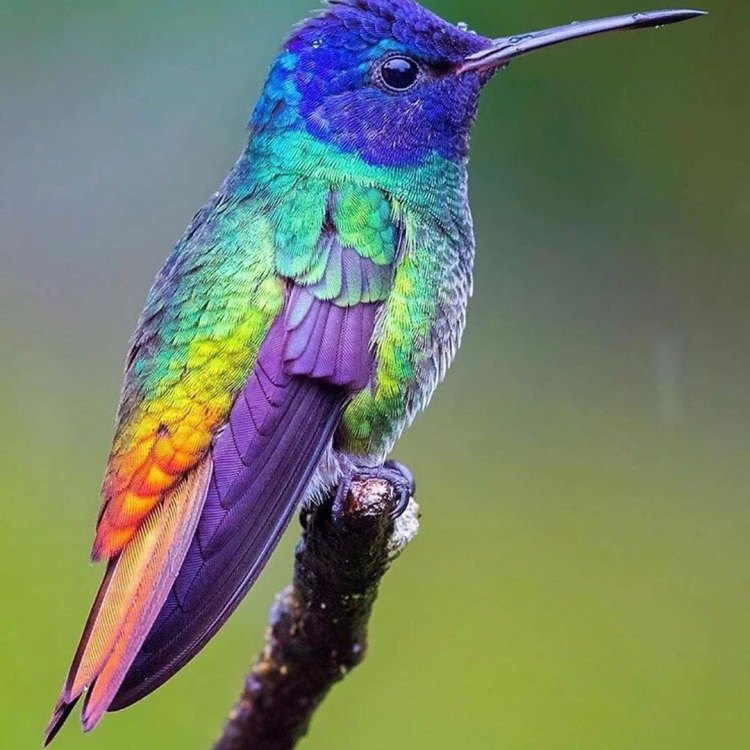
The Fascinating World of Hummingbirds: A Tiny Bird with a Mighty Presence
Disclaimer: The content provided is for informational purposes only. We cannot guarantee the accuracy of the information on this page 100%. All information provided here may change without prior notice.

